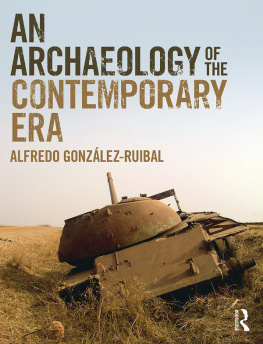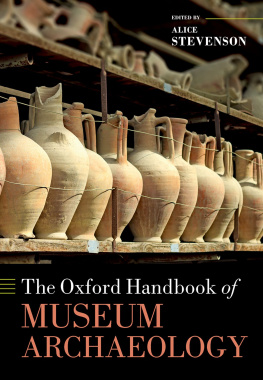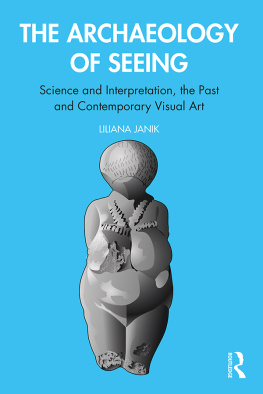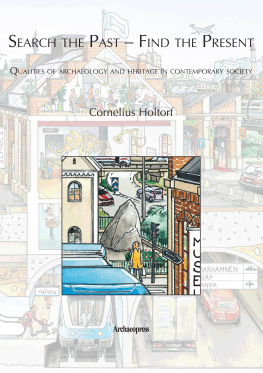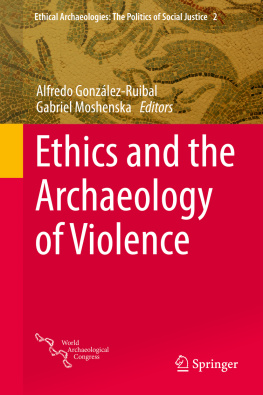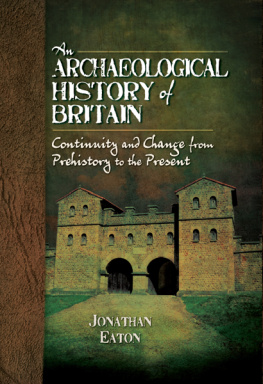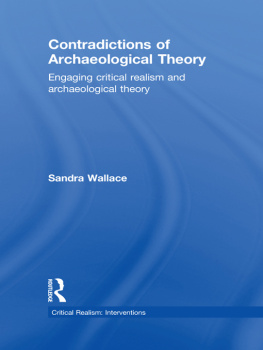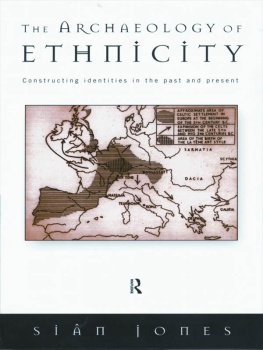
An Archaeology of the Contemporary Era
An Archaeology of the Contemporary Era approaches the contemporary age, between the late nineteenth and twenty-first centuries, as an archaeological period defined by specific material processes. It reflects on the theory and practice of the archaeology of the contemporary past from epistemological, political, ethical and aesthetic viewpoints, and characterises the present based on archaeological traces from the spatial, temporal and material excesses that define it. The materiality of our era, the book argues, and particularly its ruins and rubbish, reveals something profound, original and disturbing about humanity.
This is the first attempt at describing the contemporary era from an archaeological point of view. Global in scope, the book brings together case studies from every continent and considers sources from peripheral and rarely considered traditions, meanwhile engaging in an interdisciplinary dialogue with philosophy, anthropology, history and geography.
An Archaeology of the Contemporary Era will be essential reading for students and practitioners of the archaeology of the contemporary past, historical archaeology and archaeological theory. It will also be of interest to anybody concerned with globalisation, modernity and the Anthropocene.
Alfredo Gonzlez-Ruibal is a researcher with the Institute of Heritage Sciences of the Spanish National Research Council. His research focuses on the archaeology of the contemporary past, and particularly on the dark side of modernity: war, dictatorship, predatory capitalism and colonialism. He has conducted fieldwork in Spain, Brazil, Ethiopia, Equatorial Guinea and Somaliland.
An Archaeology of the
Contemporary Era
Alfredo Gonzlez-Ruibal

First published 2019
by Routledge
2 Park Square, Milton Park, Abingdon, Oxon OX14 4RN
and by Routledge
52 Vanderbilt Avenue, New York, NY 10017
Routledge is an imprint of the Taylor & Francis Group, an informa business
2019 Alfredo Gonzlez-Ruibal
The right of Alfredo Gonzlez-Ruibal to be identified as author of this work has been asserted by him in accordance with sections 77 and 78 of the Copyright, Designs and Patents Act 1988.
All rights reserved. No part of this book may be reprinted or reproduced or utilised in any form or by any electronic, mechanical, or other means, now known or hereafter invented, including photocopying and recording, or in any information storage or retrieval system, without permission in writing from the publishers.
Trademark notice : Product or corporate names may be trademarks or registered trademarks, and are used only for identification and explanation without intent to infringe.
British Library Cataloguing-in-Publication Data
A catalogue record for this book is available from the British Library
Library of Congress Cataloging-in-Publication Data
A catalog record for this book has been requested
ISBN: 978-1-138-33843-2 (hbk)
ISBN: 978-1-138-33844-9 (pbk)
ISBN: 978-0-429-44175-2 (ebk)
Typeset in Minion
by Swales & Willis Ltd, Exeter, Devon, UK
To my father, Constantino, in memoriam
To my daughter, Julia
As the product of two decades of work, this book has inevitably contracted a large intellectual debt with many people. I would like to thank Vctor Fernndez, with whom I first developed my interest in contemporary archaeology as an undergraduate student, and Almudena Hernando, whose perspectives on modernity have deeply influenced my own research. My interest in contemporary archaeology took off during my postdoctoral period at the Stanford Archaeology Centre (20052007), under the inspiration of William Rathje, Michael Shanks, Tim Webmoor and Chris Witmore. My intellectual debt with them is enormous and is reflected on many pages of this book.
Bjrnar Olsen has been another vital source of influence and support. The project Ruin Memories: Aesthetics, Materiality and the Archaeology of the Contemporary Past that he directed between 2009 and 2013 allowed me to conduct fieldwork during three years which led to many of the ideas presented here. It also gave me the opportunity to meet a group of inspiring colleagues: Elin Andreassen, Caitlin DeSilvey, Doug Bailey, Hein Bjerck, Mats Burstrom, Gavin Lucas and ra Ptursdttir. Bjrnar further increased my debt by inviting me to be part of his project After Discourse: Things, Archaeology, and Heritage in the 21st Century, based at the Centre for Advanced Study at the Norwegian Academy of Science and Letters. This allowed me to advance in the writing of the book during May and June 2017 in a rich intellectual environment.
The southern perspective that informs my work was shaped by fieldwork in Spain, Brazil, Equatorial Guinea, Ethiopia and Somaliland, but also by academic experiences in South America. I am very grateful to the colleagues that have invited me to lecture and teach in Brazil and Chile: Beatriz Thiessen (Universidade Federal do Rio Grande), Andrs Zarankin (Universidade Federal de Belo Horizonte) and Flora Vilches (Universidad de Chile). Conversations with them, with other colleagues and with students have been incredibly illuminating. Many of the ideas developed here have also been presented in lectures and workshops in universities of the North: Western Bohemia, Copenhagen, Stockholm, Wayne State University, State University of New York Binghamton, Pennsylvania, Exeter and Paris X-Nanterre. I would like to thank Pavel Vaeka, Mikel Bille, Tim Flohr Srensen, Mats Burstrm, Krista Ryzewski, Laura McAtackney, Randall McGuire, Tiffany Cain, Marisa Lazzari and Rmi Hadad. Other influential colleagues have been Ewa Domanska and Laurent Olivier. Warm thanks also to my doctoral students Rafael Milln and Pablo Arboleda for inspiring discussions and key references and to Xurxo Ayn, lvaro Falquina and Carlos Marn, comrades in the trenches of the recent past. I am grateful to Rodney Harrison for inviting me to be a co-editor of the Journal of Contemporary Archaeology , a stimulating experience through which I have become acquainted with a diversity of contemporary archaeologies. Several colleagues have kindly provided illustrations: Pablo Arboleda, Alexandru Dragoman, Almudena Garca-Rubio, Sal Garfi, Jason de Len and Michael Wells, Ana Mayorgas, lvaro Minguito, Paul Mullins, Bjrnar Olsen, Leila Papoli, ra Ptursdttir, Claudia Theune and Flora Vilches. Christopher Witmore read several chapters and provided insightful comments and criticism that have been extremely helpful in improving the text. Ana, my wife, has explored with me many ruins of the contemporary era.
This book is dedicated to Julia, my daughter, with the hope that she will be able to live in a different, less destructive era. It is also dedicated to the memory of my father, Constantino, who did live in another era which I barely experienced, but which I learnt to love and fear through him. I conducted my first research on contemporary archaeology with him. Together with my brother Bruno, we explored the ruins of a world that my father had known very well and that for us was so close and so remote at the same time. One of our favourite poets, Luis Rosales, wrote Death does not interrupt anything. As an archaeologist, I can agree: the past is alive with us in the present. But I am not just an archaeologist. The sense of loss and nostalgia that is evident in some of the forthcoming pages is a form of mourning for my father and for the vanished world he stood for.
T HE AIM OF this book is to offer an archaeological exploration of the contemporary era, which is understood here as an archaeological period starting around the turn of the twentieth century and characterised by specific material phenomena. It has been argued that the potential of contemporary archaeology lies not so much in understanding our present age as just another archaeological phase, but in rethinking archaeological practice and theory. I do not see both things as incompatible: what I will try to do in this book is to show that by examining our present time as another archaeological period, we can simultaneously reflect on the methodological and theoretical foundations of our discipline and contribute to a different understanding of the contemporary world.
Next page
